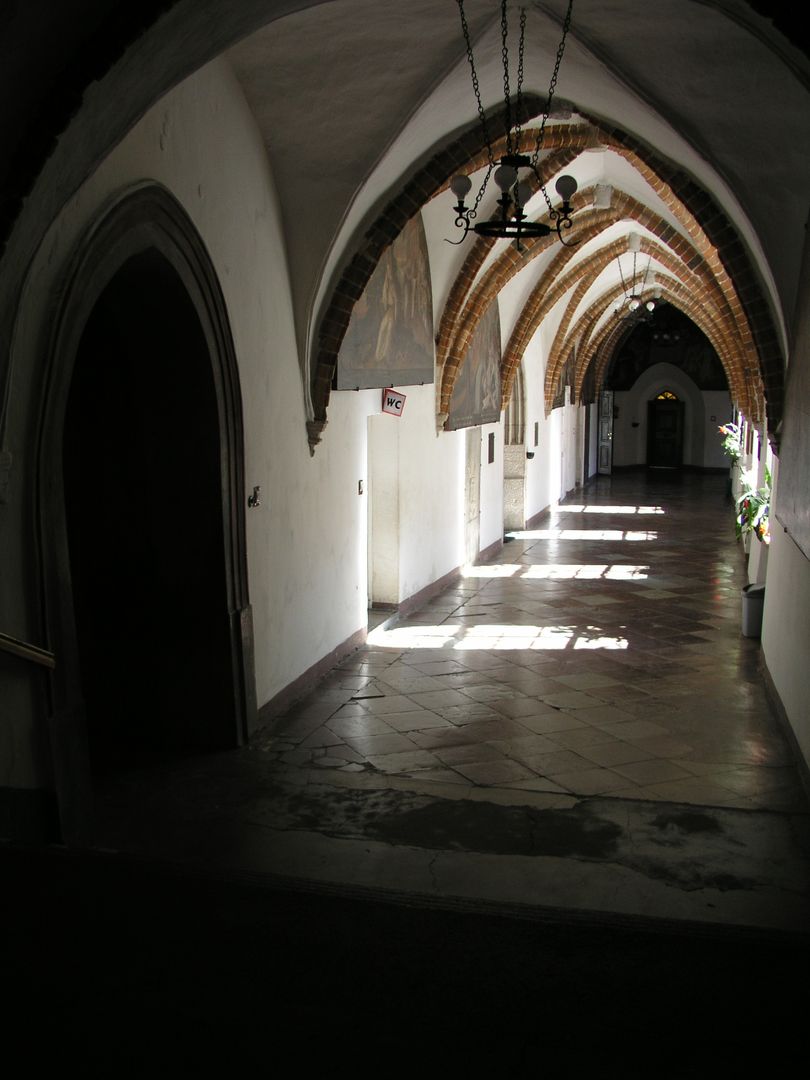Ląd Cistercian Abbey
6.76

Overview
Ląd Abbey, located in the Greater Poland Voivodeship, is a historic monastic complex founded in 1145. Initially functioning as a grange of the monastery in Łekno, it became an independent entity in 1175. During the Middle Ages, the Cistercians of Ląd exerted significant influence on the local community, owning approximately 30 villages and maintaining close ties with Polish rulers. A pivotal event in the monastery's history was the settlement of monks from Altenberg, whose cultural and religious impact remained substantial until the 16th century. In the 17th century, a Baroque reconstruction of the church began, characterized by dynamic and refined architectural forms, which contributed to its present appearance, including an impressive 38-meter dome. The church is rich in art, featuring works by renowned artists such as Adam Swach and sculptors associated with the Pomeranian Cistercians. The interior is adorned with beautiful paintings and frescoes, as well as a carved pulpit. The monastery, built in the Gothic style, has undergone multiple renovations and features cloisters and a chapter house with 14th-century polychrome, one of the most important examples of Gothic painting in Poland. It is also noteworthy that during World War II, the monastery served as a detention site for clergy, and many monks were deported to extermination camps. In 1921, the Salesians took over the complex, transforming it into a minor seminary, and continued their pastoral work after the war. In 2009, the abbey was designated a Historic Monument, and today it is part of the Cistercian Route, attracting tourists interested in history and architecture. Ląd Abbey represents a confluence of architecture, culture, and history, forming a vital part of Poland's cultural heritage.
Location
2025 Wizytor | All Rights Reserved